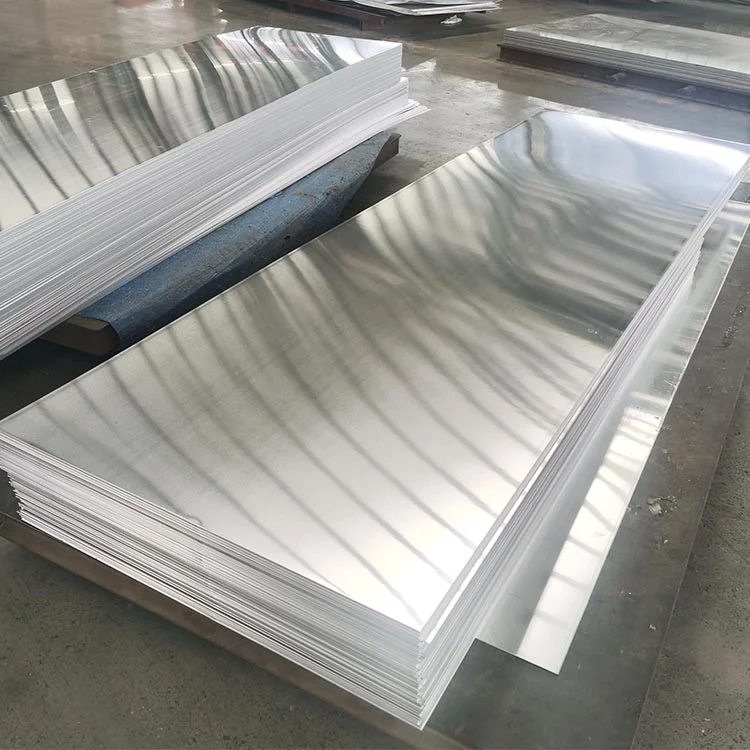[ad_1]
6061-T6 and 6061-T651 are two common tempers of the popular aluminum alloy, 6061. While these two tempers are often used interchangeably, they do have key differences that can affect the performance and properties of the material. In this article, we will explore the differences between 6061-T6 and 6061-T651, and help you understand which temper is best suited for your specific application.
Understanding 6061 Aluminum Alloy
Before we delve into the differences between 6061-T6 and 6061-T651, let’s first understand the characteristics of the 6061 aluminum alloy. 6061 is a versatile and widely used aluminum alloy that is prized for its excellent strength, weldability, and corrosion resistance. It is commonly used in a wide range of applications, including aerospace components, automotive parts, bicycle frames, and structural components.
6061 aluminum alloy is composed mainly of aluminum, magnesium, and silicon, with trace amounts of other elements. This alloy can be heat treated to enhance its mechanical properties, making it suitable for a variety of applications that require high strength and durability.
The Different Tempers of 6061 Aluminum Alloy
The temper of an aluminum alloy refers to its mechanical and physical properties as a result of the heat treatment process. There are several tempers available for the 6061 aluminum alloy, but two of the most commonly used are 6061-T6 and 6061-T651.
6061-T6 is a solution heat-treated and artificially aged temper. In the T6 temper, the aluminum alloy is heated to a high temperature, followed by quenching in cold water to rapidly cool the material. This process results in a material with high strength and hardness, making it ideal for applications that require exceptional mechanical properties.
6061-T651, on the other hand, is a stress-relieved temper. After the material is artificially aged in the T6 temper, it undergoes a stretching process to relieve the residual stress in the material. This temper offers improved dimensional stability and reduced distortion, making it suitable for applications that require tight tolerances and precise dimensions.
Key Differences Between 6061-T6 and 6061-T651
1. Mechanical Properties:
One of the key differences between 6061-T6 and 6061-T651 is their mechanical properties. 6061-T6 has higher tensile strength and yield strength compared to 6061-T651. The T6 temper provides superior hardness and toughness, making it ideal for applications that require high strength and durability.
On the other hand, 6061-T651 offers improved dimensional stability and reduced distortion due to the stress-relieving process. While it may not have the same level of strength as T6, T651 is still a high-strength temper that is suitable for many applications.
2. Machinability:
Another important difference between 6061-T6 and 6061-T651 is their machinability. The stress-relieved T651 temper has better machinability compared to the T6 temper. The stretching process in the T651 temper helps to reduce the residual stress in the material, resulting in improved machining performance and better surface finish.
In contrast, the T6 temper may exhibit higher levels of residual stress, which can lead to machinability issues such as tool wear and surface roughness. However, with proper machining techniques and tools, 6061-T6 can still be machined effectively for a variety of applications.
3. Dimensional Stability:
6061-T651 offers superior dimensional stability compared to 6061-T6. The stretching process in the T651 temper helps to relieve the residual stress in the material, resulting in improved dimensional stability and reduced distortion. This makes T651 ideal for applications that require tight tolerances and precise dimensions.
6061-T6, on the other hand, may exhibit higher levels of residual stress, which can lead to dimensional changes and distortion over time. While T6 is still a high-strength temper, it may not be suitable for applications that require high dimensional accuracy.
4. Cost:
The cost difference between 6061-T6 and 6061-T651 can also be a factor to consider. The stress-relieving process in the T651 temper may result in higher production costs compared to the T6 temper. However, the improved dimensional stability and machinability of T651 may outweigh the additional cost for applications that require tight tolerances and precision.
Заключение
In conclusion, while 6061-T6 and 6061-T651 are both high-strength tempers of the popular 6061 aluminum alloy, they do have key differences that can affect their performance and properties. 6061-T6 offers superior mechanical properties and hardness, making it ideal for applications that require high strength and durability. On the other hand, 6061-T651 offers improved dimensional stability and machinability, making it suitable for applications that require tight tolerances and precise dimensions.
When choosing between 6061-T6 and 6061-T651, it is important to consider the specific requirements of your application, such as mechanical properties, machinability, dimensional stability, and cost. By understanding the key differences between these two tempers, you can select the right temper for your specific application and achieve optimal performance and properties for your aluminum components.
[ad_2]


